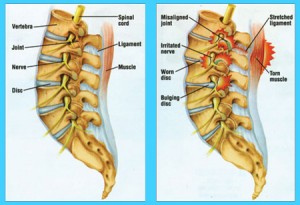









A nerve conduction velocity test (NCV) is used to determine nerve function and identify possible injury. This test electrically stimulates the nerve and records its functionality by determining the time it takes for the stimulation to reach another electrode. This allows the doctor to detect a true nerve disorder (such as neuropathy) or nerve injury (such as carpal tunnel syndrome).
Typically, an electromyography (EMG) is also performed with the NCV. If there is unexplained muscle weakness, an EMG is a test used to record how well the muscles function by recording the electrically activity produced by the muscle when active. An EMG will detect if there is any abnormal electrical activity of the muscle occurring and identify damage or inflammation of the muscles.
Find diseases that damage muscle tissue, nerves or the junctions between nerve and muscle (neuromeuscular junctions). These disorders may include a herniated disc, amyotrophic later sclerosis (ALS), or myasthenia gravis (MG).
Find the cause fo weakness, paralysis or muscle twitching. Problems in a muscle, the nerves supplying a muscle, the spinal cord or the area of the brain that controls a muscle can cause these symptoms. The EMG does not show brain or spinal cord diseases.
These tests are typically performed together in order to distinguish whether a problem is occurring between the muscles or nerves, and allow physicians to properly diagnose and treat a problem.